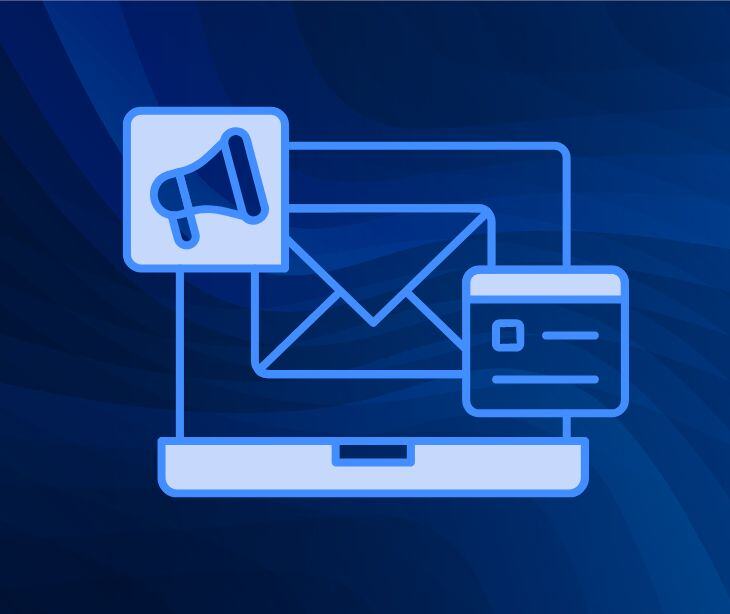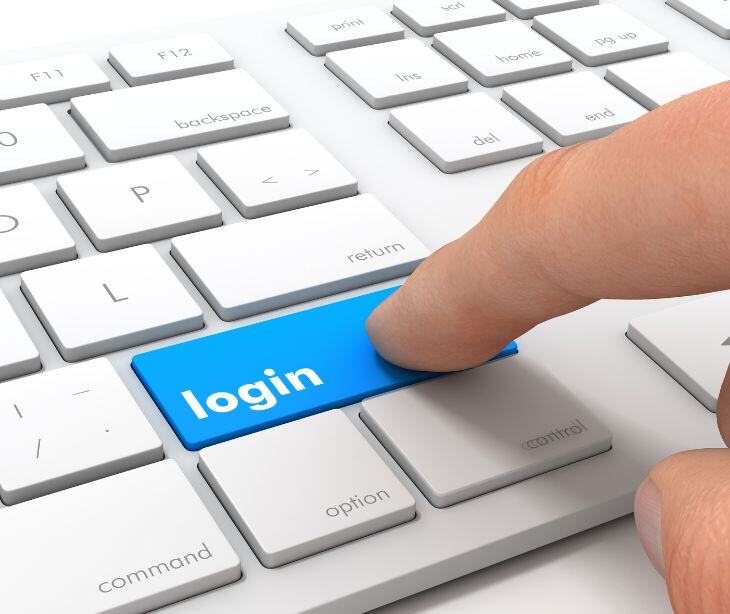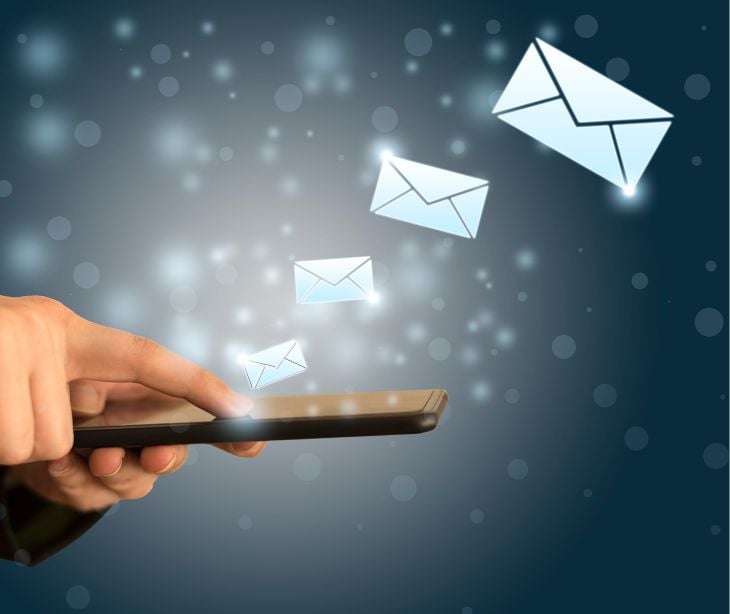
A JMIR Publications study titled: Benefits, Problems, and Potential Improvements in a Nationwide Patient Portal: Cross-sectional Survey of Pharmacy Customers’ Experiences, shows that users struggle with delayed health data access, difficult navigation, and slow updates when it comes to accessing patient portals. Technical issues, usability challenges, and login problems also make the list of common complaints.
On the flip side, email offers a different experience. According to a systematic review published in ScienceDirect titled: E-mail in Patient–Provider Communication: A Systematic Review, email communication brings several benefits, including "convenience, increased access to the provider, improved quality of care, feeling more comfortable to ask questions, and the ability to save the message."
Based on the studies, email works better than patient portals, offering easier access, convenience, and improved communication.
Patient engagement impact
Portal engagement
The National Institutes of Health (NIH) published some revealing findings in, How Patients Use a Patient Portal: An Institutional Case Study of Demographics and Usage Patterns, about how people use patient portals. While many people do use them, the study shows that accessing these portals isn't always straightforward. Take the lab results feature, for example - while 79.7% of users accessed it (showing its importance), many found the multiple login steps and navigation challenging. Interestingly, older users (averaging 49.45 years) showed higher engagement, suggesting they might be more motivated to track their health information despite the technical hurdles.
Another NIH study, titled Acute Care Patient Portal Intervention: Portal Use and Patient Activation. paints a clearer picture of portal usage patterns. Out of 1,637 patients who received portal training, about 65% only used it for one day. Only about 15% stuck with it for three or more days, with most users (95.42%) accessing it between one to four days total.
Related: Why patient portals are inconvenient: An evidence-based perspective
Email engagement
The ScienceDirect review shows impressive satisfaction rates with email communication, particularly among parents. Of those surveyed, 98% were happy with email communication with their pediatricians. Even more telling, 80% believed all pediatricians should offer email communication, and 65% said they'd choose a pediatrician based on email availability.
For those not currently using email with their healthcare providers, there's strong interest in using it for:
- Prescription refills (83%)
- Direct communication with physicians (82%)
- Non-urgent consultations (82%)
- Receiving routine laboratory results or test reports (82%)
However, standard email poses HIPAA compliance risks for healthcare providers. Paubox provides HIPAA compliant email that works with existing email clients like Gmail and Outlook, requiring no portals, passwords, or extra steps for patients. Healthcare providers can safely send lab results, appointment reminders, and other PHI directly to patients' inboxes while maintaining HIPAA compliance.
Clinical outcomes
Portal impact
According to the NIH research, portal users tend to visit the emergency room less often - "Portal users had an average of 0.014 visits to the emergency room, while non-users had 0.047 visits." This suggests that having easy access to your health information might help prevent emergency situations.
Email communication impact
The ScienceDirect review highlights some compelling findings about email communication in healthcare. As their research shows, "Two studies showed that providing e-mail communication for patients may increase patients' satisfaction with communication and health care quality." In one study, they compared two groups of physicians - four who offered email communication and four who didn't. The results? Patients who could email their doctors were more satisfied with both the convenience and time spent interacting with their physicians.
A long-term study mentioned in the review found similar results. After giving families email access to their physicians for a year, "the majority of families agreed that patient–physician email increased access to the physician and improved the quality of care."
Who uses what? A demographic breakdown
The NIH study found some interesting patterns in portal usage. Their data shows that portal users "tended to be older and more likely female." Specifically, they found two age groups using portals the most - people in their 30s and 60s. The gender split was quite noticeable too, with about 63% of active users being female and 37% male.
Email usage shows different patterns. According to the ScienceDirect review, younger people with college degrees and higher incomes are more likely to use email for healthcare communication. Men tend to use email more often, while ethnic minorities use it less frequently. The sweet spot for email users seems to be the 31-40 age group, particularly among those with higher education and income levels. However, older patients and those from minority communities or lower-income backgrounds use email less often, citing concerns about privacy, technical challenges, and access to digital tools.
Learn more: HIPAA Compliant Email: The Definitive Guide
FAQs
Which is easier to use - patient portals or email?
Email is generally easier to use since most people are already familiar with email systems and don't need to learn a new platform or remember additional login credentials.
Do I need special training to use healthcare email or patient portals?
Email typically requires no special training, while patient portals often need some initial guidance to navigate their features effectively.
Which method do most patients prefer?
Research shows that email communication often has higher satisfaction rates due to its convenience and familiarity, though preferences can vary based on age and technical comfort level.
Subscribe to Paubox Weekly
Every Friday we'll bring you the most important news from Paubox. Our aim is to make you smarter, faster.



